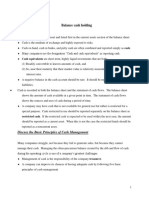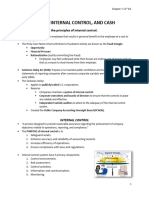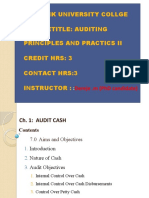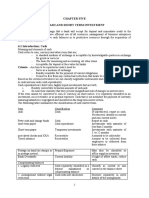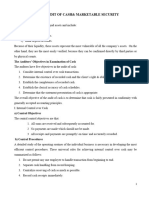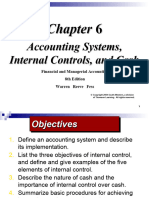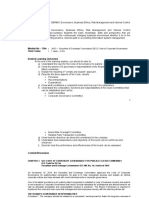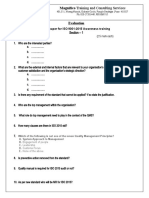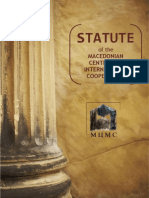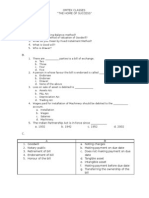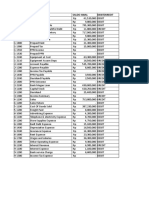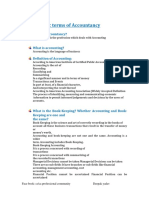0% found this document useful (0 votes)
24 views15 pagesModule 08
This module covers internal cash controls, including the operation of petty cash funds and bank account reconciliation. It emphasizes the importance of safeguarding cash through various internal control principles such as proper authorization, segregation of duties, and appropriate documentation. Successful completion of the module will enable participants to understand cash controls, manage petty cash, and prepare bank reconciliations with related journal entries.
Uploaded by
jennifer.mcconachieCopyright
© © All Rights Reserved
We take content rights seriously. If you suspect this is your content, claim it here.
Available Formats
Download as PDF, TXT or read online on Scribd
0% found this document useful (0 votes)
24 views15 pagesModule 08
This module covers internal cash controls, including the operation of petty cash funds and bank account reconciliation. It emphasizes the importance of safeguarding cash through various internal control principles such as proper authorization, segregation of duties, and appropriate documentation. Successful completion of the module will enable participants to understand cash controls, manage petty cash, and prepare bank reconciliations with related journal entries.
Uploaded by
jennifer.mcconachieCopyright
© © All Rights Reserved
We take content rights seriously. If you suspect this is your content, claim it here.
Available Formats
Download as PDF, TXT or read online on Scribd
/ 15

